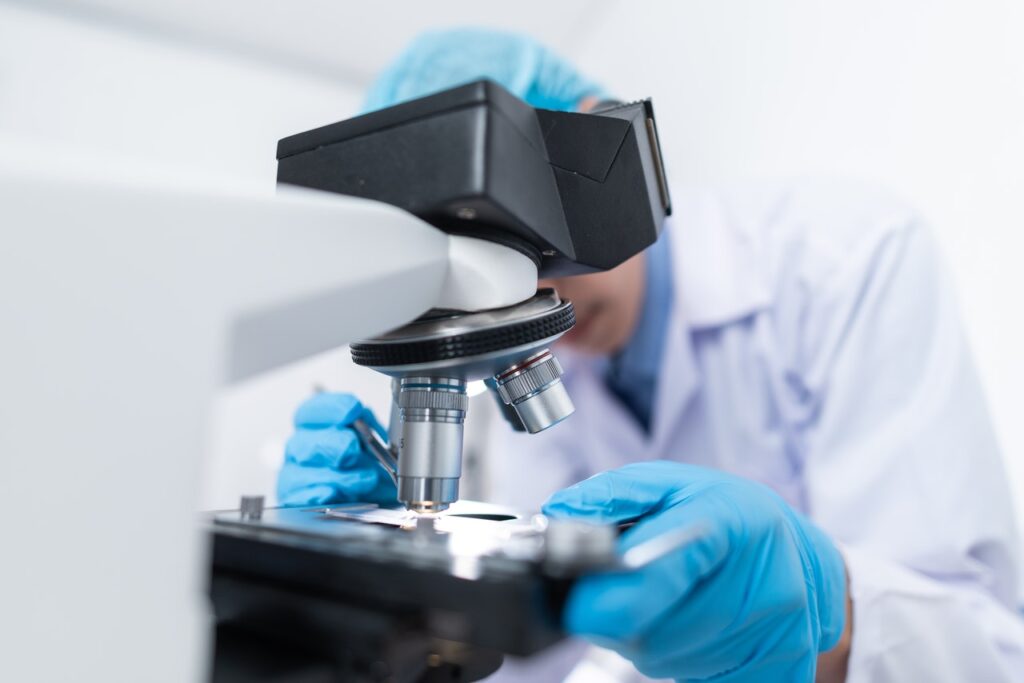
With its unlimited potential to forever alter the genes that make up our world, CRISPR-Cas9 could well prove to be humanity’s greatest piece of technology.
But who was the genius that came up with it?
Who should get the credit?
Although the hype around CRISPR-Cas9 is relatively new, the initial discovery was made way back in 1987.
But back then, scientists didn’t know what it did nor the potential of what it would become. This incredible gene editing tool has received many contributions from various scientists to get to where it is today, and its future is likely to be the same, if the scientific community could stop fighting over who to credit with its discovery.
The most famous names associated with CRISPR-Cas9 are Jennifer Doudna and Emmanuelle Charpentier, who shared the Nobel Chemistry Prize in 2020 for their contributions to the technology.
Some believe that this award puts an end to the long-time battle of who discovered CRISPR and owns its patent. In fact, Howard (2020) asserts that by exclusively awarding Doudna and Charpentier the prize, the Royal Swedish Academy of Sciences made a purposeful statement on who it considers being the original developers of the technology.

Doudna and Charpentier are broadly accepted as the ‘mothers of CRISPR’ but it is well known that they did not discover it. However, Doudna and Charpentier and their teams are widely praised for the role they played in turning this natural defense system into a ‘cut and paste’ tool for editing gene sequences (Science Focus, 2021).
This ability to cut a targeted piece of DNA and remove or replace it has revolutionized the field of genome editing – making it faster, more precise, and cheaper to use.
It also turned the technology into a highly sought-after and valuable piece of intellectual property that would bring its creators fame and fortune.
Michsel (2019) highlights the immense prestige and potential wealth associated with the patent noting that “it’s little surprise that CRISPR technology has been mired in intellectual property (IP) rights disputes from the get-go.”
The magic of the CRISPR gene editing tool sits in one specific molecule – Cas9. Cas9 is one of the enzymes produced by the CRISPR system, but you could say it’s the most important one because it acts as the ‘scissors’ to cut the targeted DNA. It’s no wonder that Cas-9 sits at the centre of the CRISPR patent battle.
The battle began in 2012 when two teams filed their respective CRISPR-Cas9 patents only a couple of months apart. The one was University of California, Berkeley (UC Berkeley) led by Doudna. The other was the Institute at Harvard and MIT led by Feng Zhang (Cohen, 2020).
It would be ideal, and in the best interest of science, for both parties to reach some kind of agreement and put an end to the back and forth patent feud. This would allow a shift in focus from the past to the present, and more specifically to the future. Instead of dedicating time and legal fees to continue the patent war, scientists should be studying, trialilng, and implementing CRISPR-Cas9 technology to help realize its full potential for all.
Reference
- Cohen, J. (2020). The latest round in the CRISPR patent battle has an apparent victor, but the fight continues. Retrieved from: https://www.science.org/news/2020/09/latest-round-crispr-patent-battle-has-apparent-victor-fight-continues
- Howard, B. (2020). Who owns CRISPR-Cas9? Nobel Prize in Chemistry stokes patent dispute. Retrieved from: https://www.fbrice.com.au/ip-news-insights/who-owns-crispr-cas9-nobel-prize-in-chemistry-stokes-patent-dispute/
- Mischel, (2019). Who Owns CRISPR in 2021? It’s Even More Complicated Than You Think Retrieved from: https://synbiobeta.com/who-owns-crispr-in-2021-its-even-more-complicated-than-you-think/
- Who really discovered CRISPR, Emmanuelle Charpentier and Jennifer Doudna or the Broad Institute? (2021). Science Focus. Retrieved from:https://www.sciencefocus.com/science/who-really-discovered-crispr-emmanuelle-charpentier-and-jennifer-doudna-or-the-broad-institute/
